Behind the Curtain

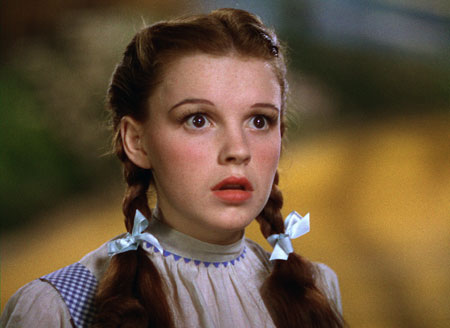
Oz is one of the most protected films of all timeit seems the producers knew they had something special, so they took great care to ensure its survival. In addition to the original nitrate camera negative, they made one set of "safety separations" (red, green, and blue elements). Release prints were made by Technicolor from "printing matrices," which were the intermediate elements between the original camera negative and the final release print. Then, in 1993, a new "interpositive" was made from the original camera negative as an archival element from which subsequent home-video releases were derived.
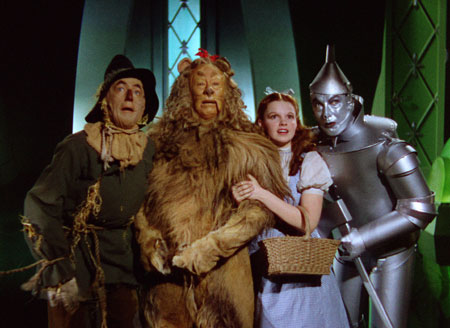
Over the years, various restorations have been performed, often not from the original elements. For example, the 1989 50th Anniversary edition used a Technicolor print from CBS as the source. The color was correct in that print, but it was very soft.
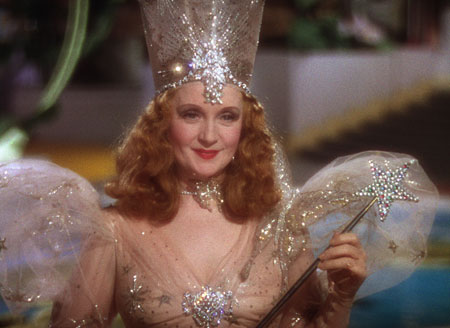
The last DVD version was produced in 2004 using Warner's Ultra-Resolution process, in which the original camera negative was scanned at 4K, and the RGB elements were aligned in a computer by dividing the image into a 4x4 grid. But even 4K wasn't good enough for the Blu-ray release, so Warner rescanned the original camera negative at 8K. And since 2004, the Ultra-Resolution software has been improved so much that the RGB alignment can now be performed pixel by pixel, and the color-correction function is much better as well.
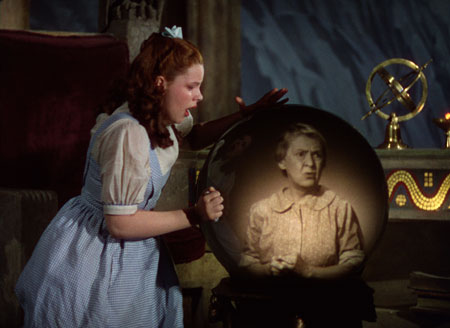
But how did the Warner engineers know what the colors were supposed to look like? No one from the original crew is still around, and even if they were, memories fade after 70 years. Fortunately, an original 1939 "answer print"a print made so the director could check the colorwas found in the archives of the Academy of Motion Picture Arts and Sciences at UCLA, which Warner used as a reference.
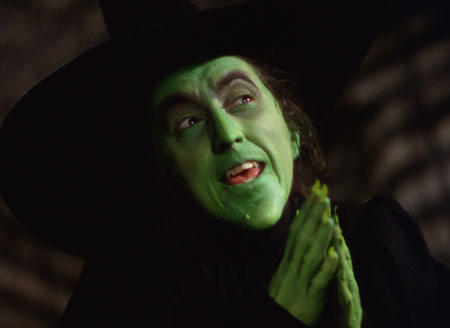
The result of all these technical machinations is stunning, as we saw in several clips played on a 50-inch Panasonic professional plasma and Christie 2K projector. According to a Warner rep, the biggest improvement over the previous DVD release is in the fine detailyou can see hairs in the witch's mole and blemishes on young Judy Garland's chin and forehead. The color is much better as well, including subtle gradations in the witch's green makeup and Dorothy's skin tones.
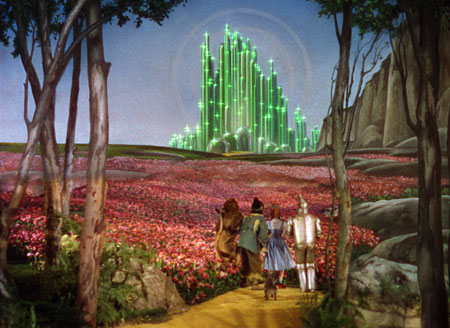
Also, the image is more dimensional, and the various visual elements are more integrated into an organic whole. For example, the poppies and City of Oz scrim were obviously fake in the previous release, but they look much more natural here.
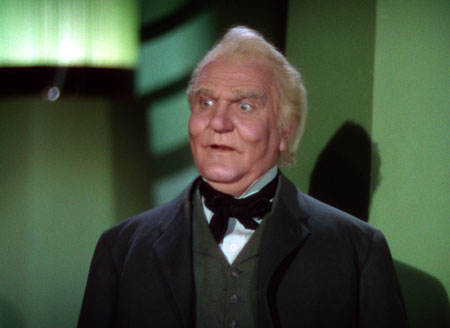
Film buffs will be happy to learn that Warner didn't artificially reduce film grain as it did in the 2005 release. In fact, scanning at 8K revealed that what was thought to be grain was actually noise and scaling artifacts induced at lower resolutions.
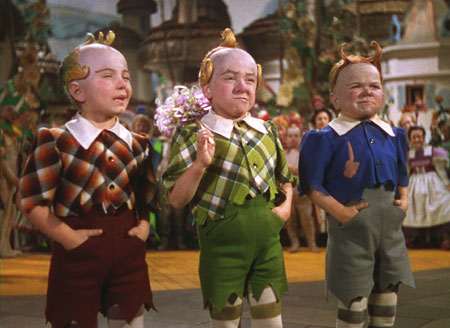
The Wizard of Oz Blu-ray is scheduled to be released on September 29, and I can't wait to watch it in my home theater. Maybe I'll invite some of the Munchkins overI see one of the original actors shopping at my local Von's every once in a while. I wonder if that store carries giant lollipops?





























































